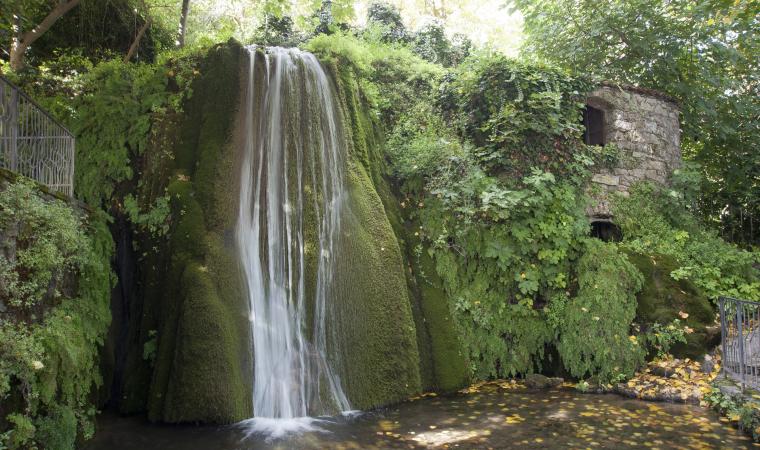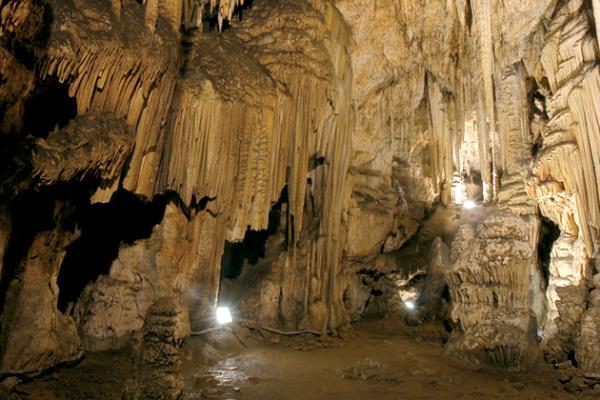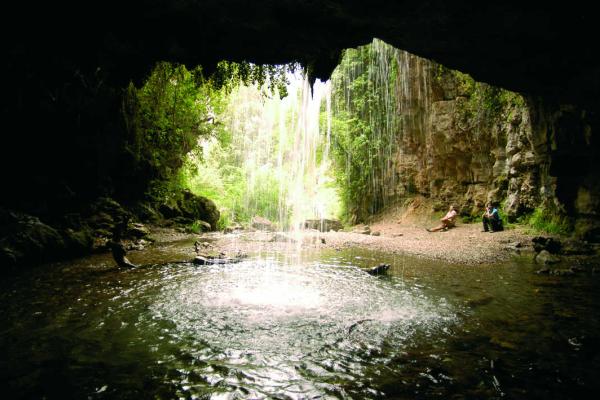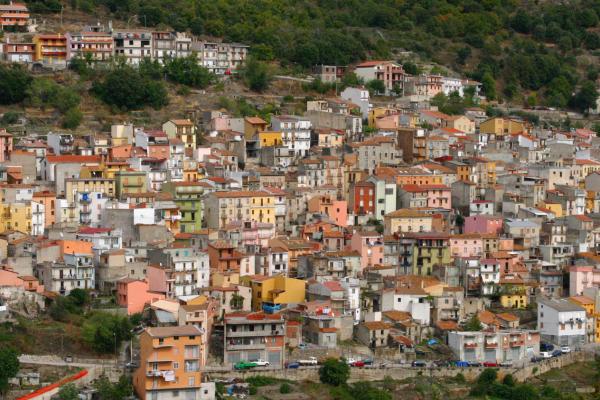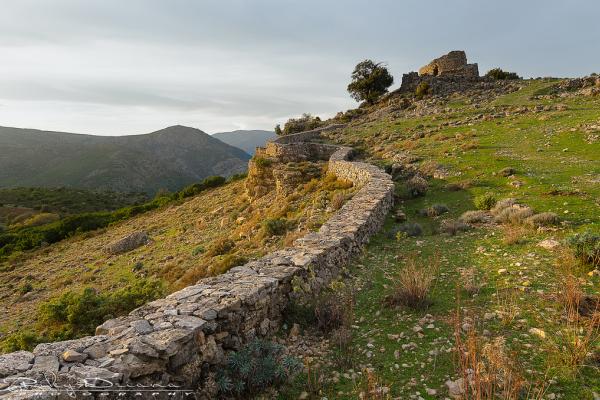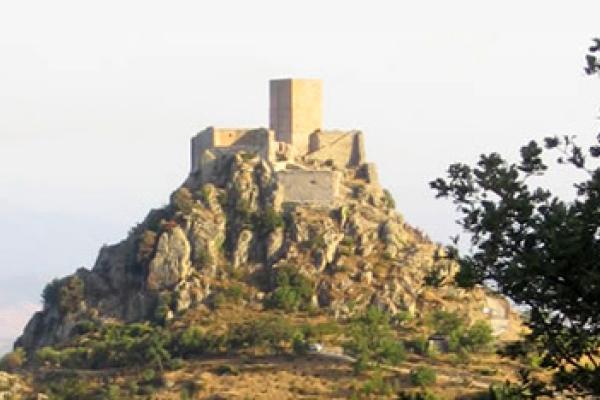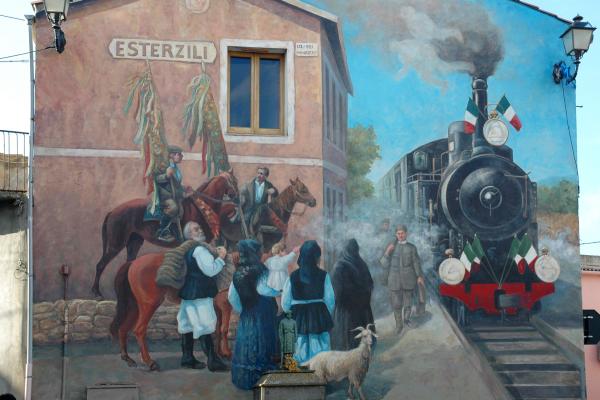In Sardinia, Saint Valentine is su santu coiadori, the ‘saint who marries’. The only church on the island dedicated to the protector of lovers is in Sadali, a picturesque town with medieval origins and agro-pastoral traditions in the historical region of Barbagia di Seulo, one of the most beautiful villages in Italy and a way station for the Trenino Verde. The village celebrates its patron saint three times a year: on the ‘classic’ date of 14th February, then on 8th May and 6th October. The devotion derives from a legend - a vagabond came carrying a statue of the saint, stopping in Sadali in front of a waterfall. Upon resuming his journey, despite all his efforts, he was unable to budge the statue. The people of Sadali jealously guarded the simulacrum, even erecting a ‘temple’ dedicated to the saint. From the parish church, the spectacle of nature perpetually flowing in front of this place of worship took its name - the Cascata di San Valentino, as the only waterfall on the island to flow within a town. Indeed, according to the canon and historian Flavio Cocco, who lived throughout the first half of the 20th century, it was the only such example in all of Europe.

Waterfall
As the only waterfall in Sardinia to flow through an urban centre, it gushes out before a church in the splendid village of Sadali, bordering southern Sardinia and Barbagie
As the only waterfall in Sardinia to flow through an urban centre, it gushes out before a church in the splendid village of Sadali, bordering southern Sardinia and Barbagie
See this place because...
Amongst the wonders of a town surrounded by ‘water landscape’ with unique and enchanting natural monuments, is a waterfall right in the heart of the town
Pictures and videos
Nearby
You may also like
More attractions in the vicinity
Nearby hotels and accommodations

Bed and breakfast (rental rooms)
SADALI
0 km

Bed and breakfast (rental rooms)
SADALI
0 km

Bed and breakfast (rental rooms)
SADALI
0 km



